As our recent Kenya trip was our first safari, we obviously had a lot of questions regarding preparing for the trip, what we should take with us, personal safety etc. Although there is a lot of useful information on the web, I thought it would be useful to provide some practical feedback.
What animals will I see?
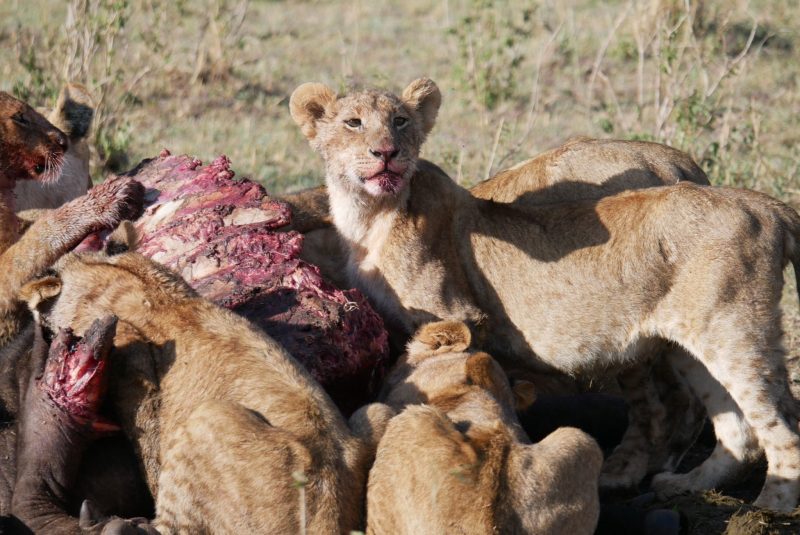
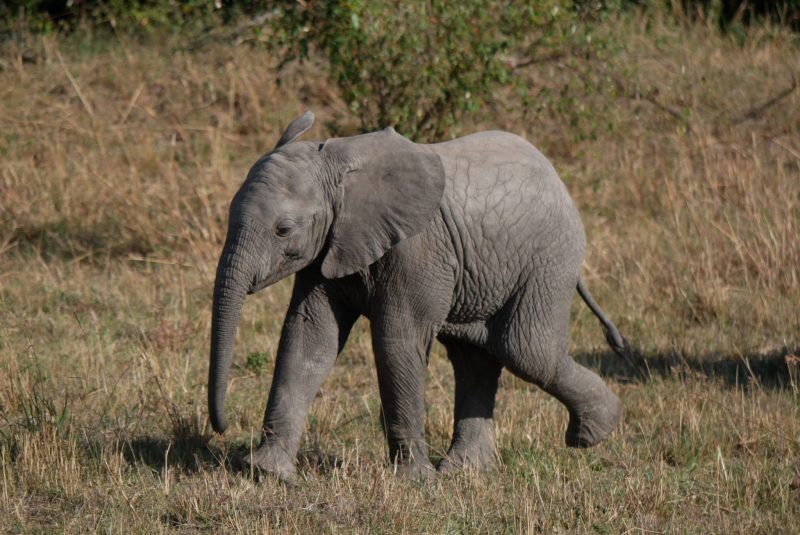
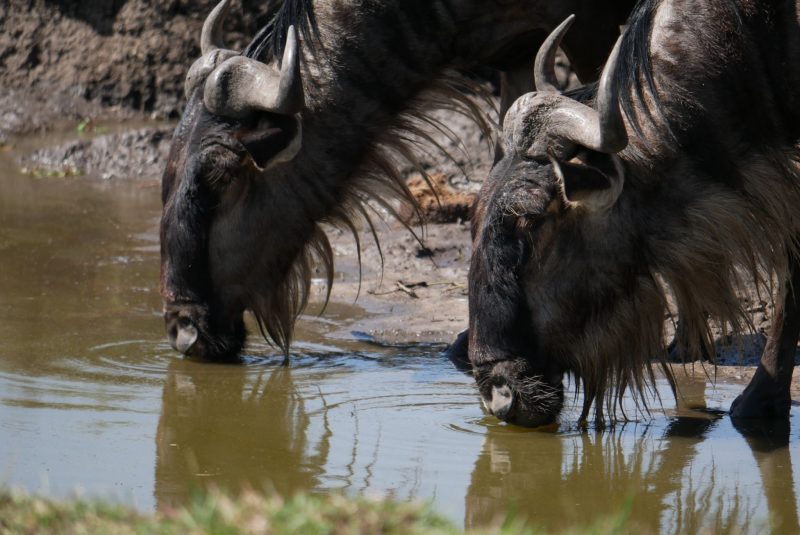
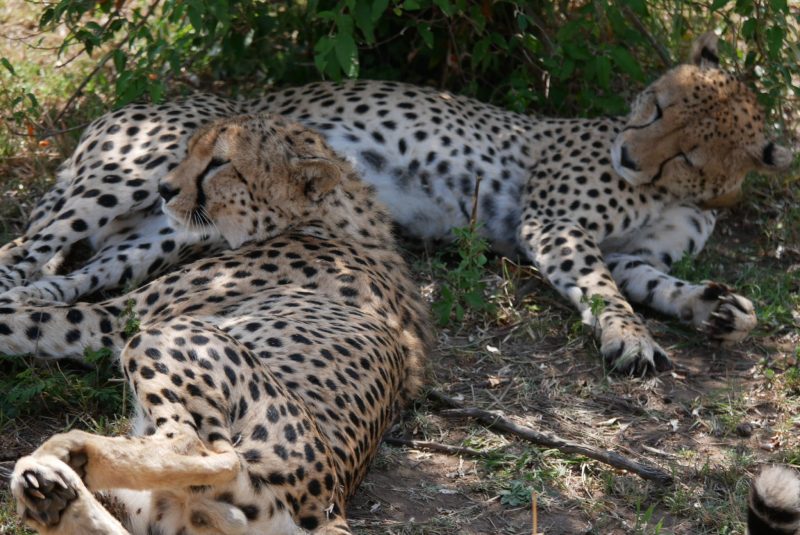
There are no guarantees as to what wildlife you will see. However from our experience you won’t be disappointed. By lunchtime on our first full game drive we had seen every animal we had expected to see plus many more including giraffe, lion, leopard, wildebeest, buffalo, hyena, jackal, elephant, impala, eland, cheetah. After lunch we saw hippopotamus and crocodile and more of everything else we’d seen in the morning! The only animal I thought we might see but we never saw, was a rhinoceros, which I now know are very rarely seen in the Masai Mara.
What is the best time of year to go?
As you are so close to the equator there is no summer or winter as such. However there are 2 rainy seasons. From mid October to early December you get what is known as the short rains, we experienced the start of this with extremely heavy rain showers in mid afternoon lasting about 30 mins to an hour. You then get the long rains from March to May/June. The rest of the year is hot and dry.
Opinions on the best time for wildlife varies. The best time to see the wildebeest migration in the Masai Mara is either July or late October/November.
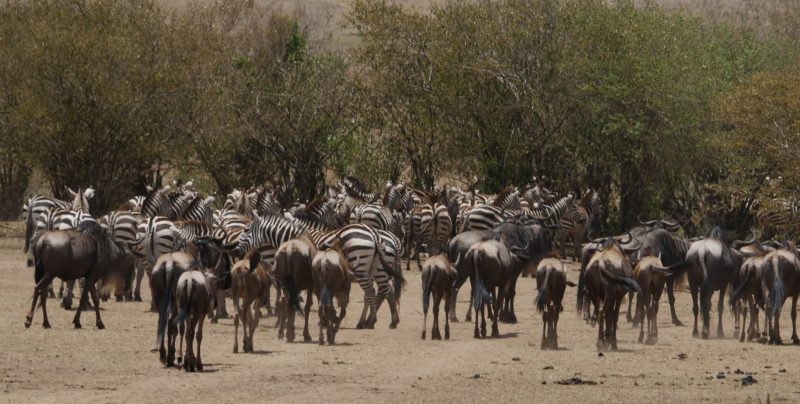
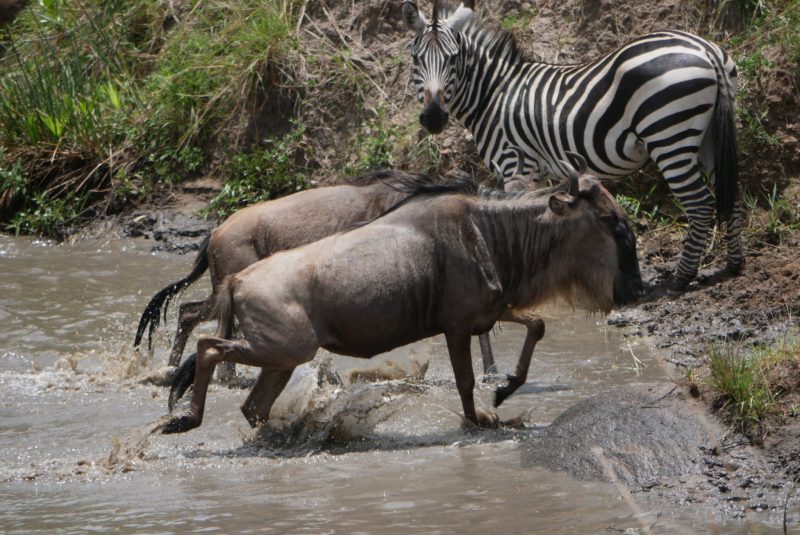
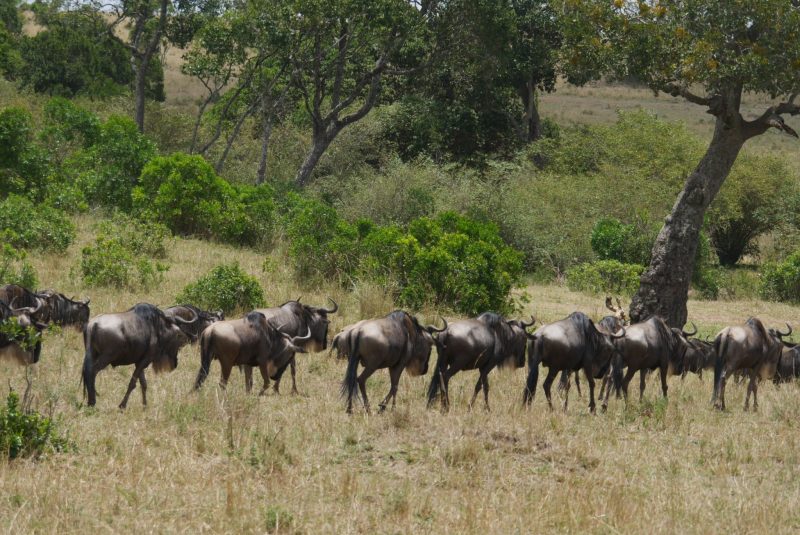
How long should I go for?
This is personal preference really.
Some guests we met were spending 3 nights at Mara Bustops, then moving to the Serengeti for 2 nights and then another 2 nights at the Ngorongoro. We were happy with the 4 nights, 3 days of safari and a day relaxing in the spa and pool.
My own view is that the best way to do a safari is as part of a longer trip. In our case we did 4 nights in Kenya and 5 nights in Dubai. Other options are Zanzibar or the east coast of Kenya. One of the couples we met were on Safari for 7 days, then time on the beach in Zanzibar, followed by a few nights in Cape Town and finally a couple of days with friends in Dubai, what a trip!
Which camp should I go to?
Again its down to personal preference. In our case I wanted that extra bit of luxury so went for Mara Bushtops, which had been recommended by friends. It was also small and intimate with only 12 tents.
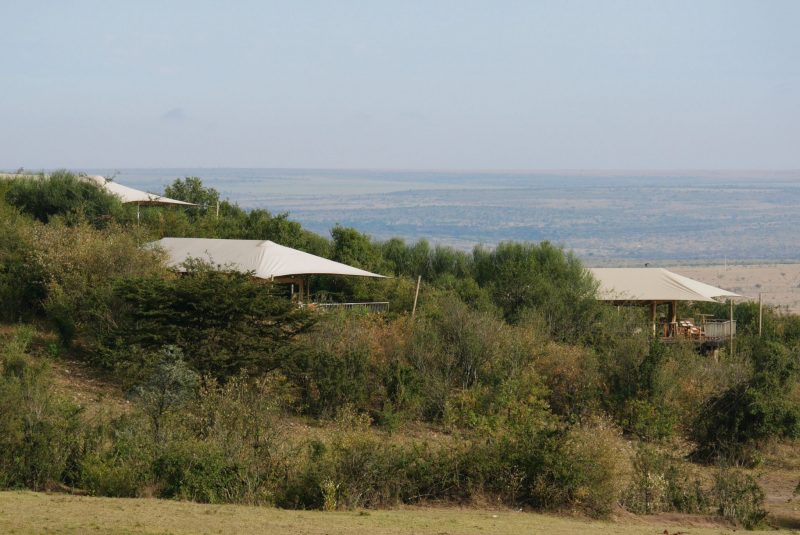
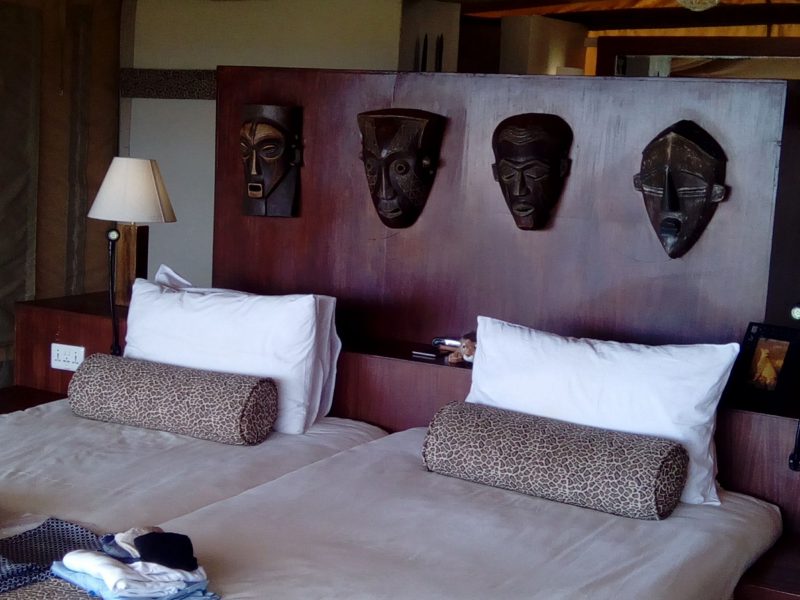
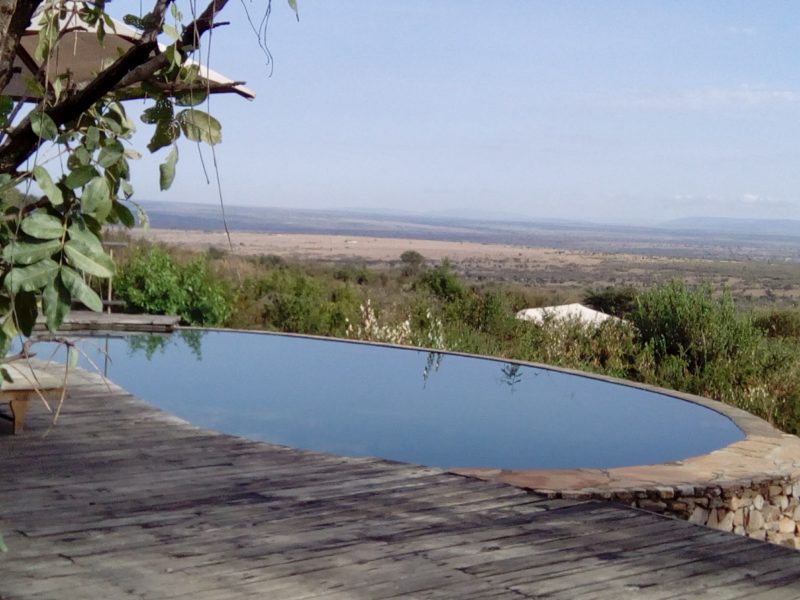
It was located in a private conservancy outside the perimeter of the Masai Mara National Reserve, which meant we could do a range of drives including night drives, sunset drives and walking safaris. If you are within the Masai Mara National Reserve drives are only permitted during daylight hours and walking safaris are not allowed.
Do your homework as the choice is vast. From budget tented accommodation through to the super luxury lodges with a price tag to match. Remember though a safari is expensive. Make sure you check what is included in the price quoted by the tour company or camp if booking direct.
What about the Game Drives?
From what we witnessed the standard of comfort on game drives varies hugely.
We were fortunate to have specially commissioned land cruisers with very comfortable seats and great suspension. Although in theory they could seat 9, our camp Mara Bushtops, had a limit of 6 passengers per vehicle, ensuring everyone had uninterrupted views. In our case there were 4 of us on 3 of our days and just Jane and I on our final day. Our vehicles were completely open on all sides so it made taking photographs very easy.
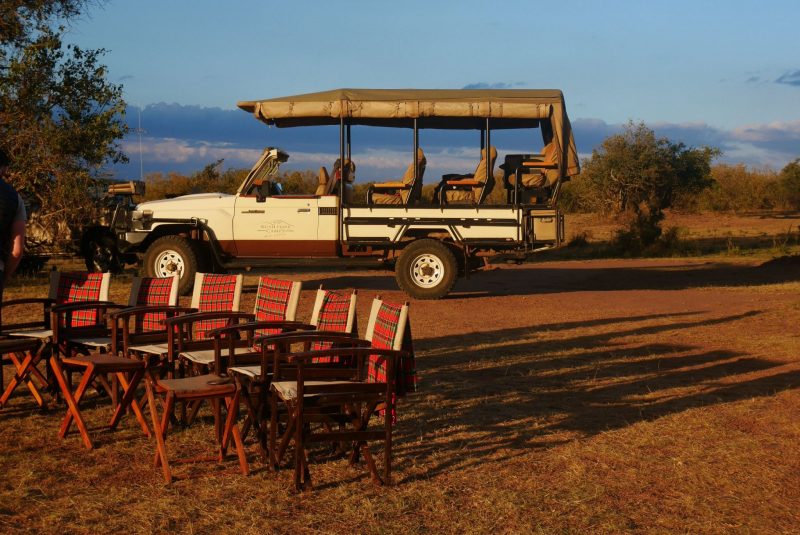
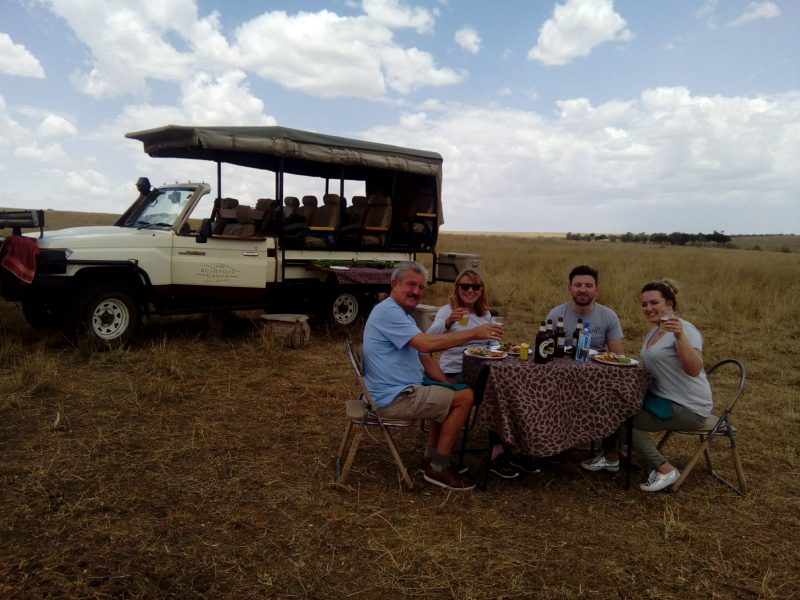
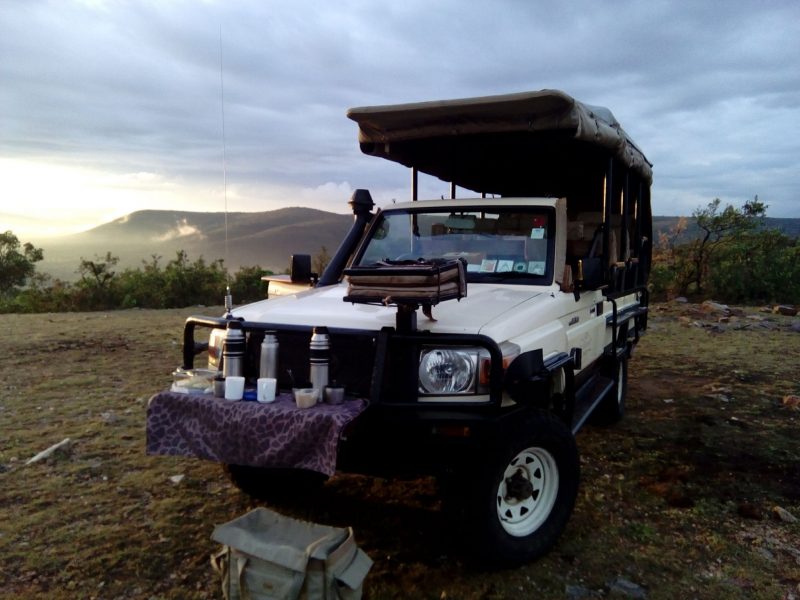
Some of the other vehicles we saw were overcrowded and completely enclosed, I imagine the heat would have been very uncomfortable. Some have a hole in the roof so you can take it in turns to stand on the seats to get a better view, not ideal particularly for taking photographs. Check with your camp or tour company before you go, this could make or break your safari!
What medical precautions do I need to take?
It is recommended for trips to Kenya that you are vaccinated against Yellow Fever, Hepatitis A, Tetanus, Polio and Typhoid. A Yellow Fever vaccination certificate is required if crossing between certain countries in Africa. You should consult your doctor as to what vaccinations are required a few months before your trip. The Yellow Fever vaccination is not provided free of charge on the NHS, we paid around £75 each.
Malaria is common in certain areas of Kenya, including the Masai Mara. Malaria tablets have to be taken a few days before departure, during your stay and on your return. Again you need to get advice from your doctor. Malaria tablets are not available free on the NHS, we paid approximately £70 per person. We also sprayed ourselves with anti insect sprays, we used Jungle Formula. We also used face wipes containing insect repellent. You are recommended to wear long sleeve tops and long trousers in the evenings, which we did. All the precautions paid off as neither of us suffered any mosquito bites!
What about sun protection?
I know you are not on a beach holiday but a high factor sun screen is essential. It can get very hot often reaching 30 degrees centigrade and being so near the equator the sun is very strong!
Is it safe to drink the water?
No. Stick to bottled water and drink plenty, especially when out on game drives in that sun. You can easily become deydrated.
How much luggage can I take?
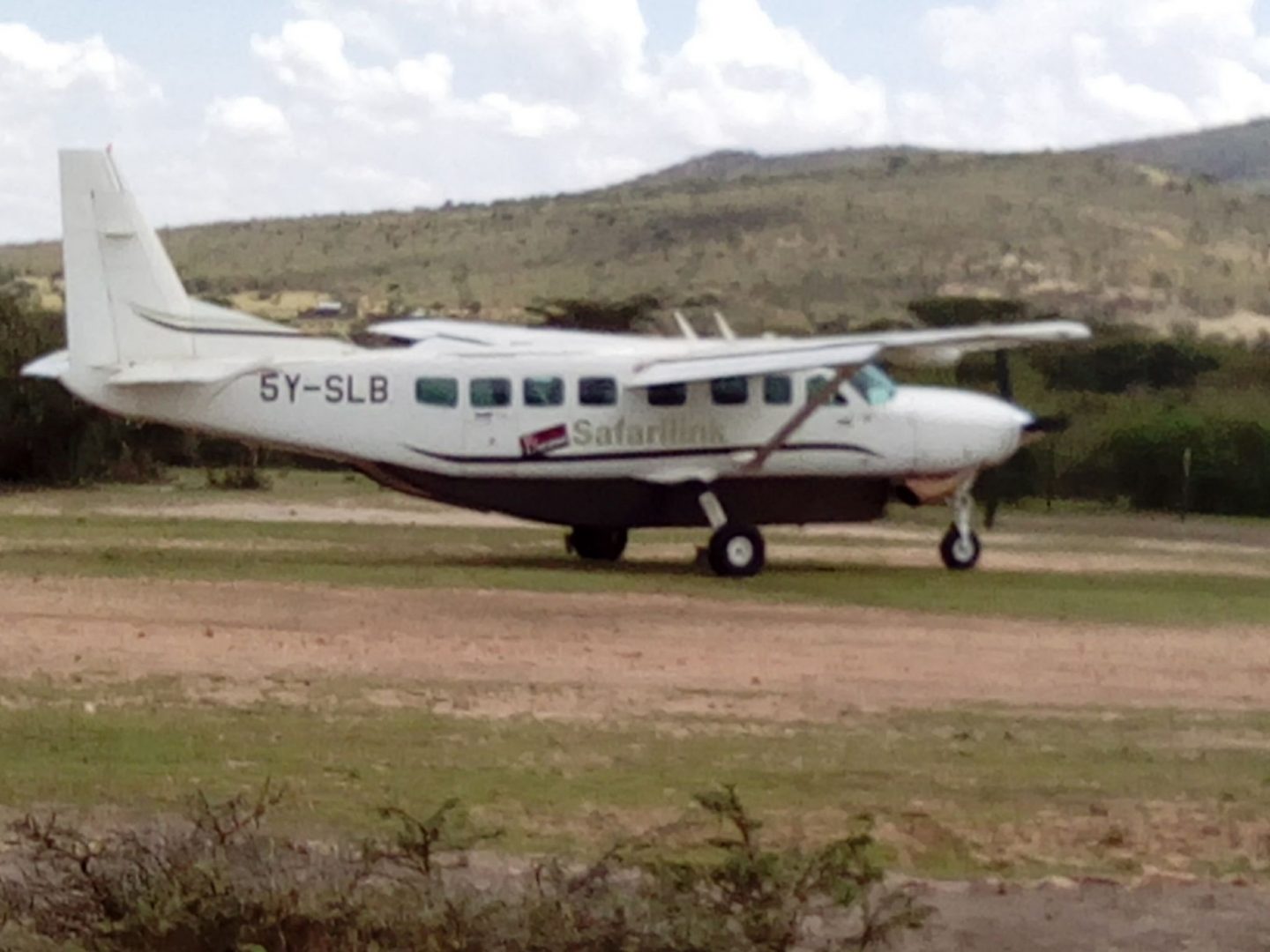
They have to be very strict on the luggage weight, there is not a lot of room!
Many safari trips will involve a flight in a small plane to your safari destination. On our trip we flew in to Jomo Kenyatta airport in Nairobi and then transferred to Wilson Airport, for our Safarilink flight to Siana Springs. For this leg of the trip we were restricted to 15 kilograms of luggage in a soft sided bag.
This limit was strictly enforced and we saw many passengers struggling to unpack their luggage to reduce the weight. Fortunately Wilson Airport provided free left luggage facilities. We were staying in Dubai following the safari so took an extra bag with our Dubai clothes which we left at Wilson Airport.
What clothes should I take?
Not a lot! Even though we were well below the 15 kgs limit we still took too many clothes with us. A comfortable pair of walking shoes or strong trainers are essential.
Neutral colours for your clothing, such as grey, brown or green, are recommended, so as not to scare the wildlife.
I would recommend layering your clothes, it can very hot during the day but the temperature plunged at night and first thing in the morning. T-shirts, sweatshirts, a warm fleece and a light weight waterproof are essential items. I took walking trousers which you could unzip at the knee and convert in to shorts for the hotter parts of the day, they were ideal.
For dinner at the camp, smart casual is the norm, so chinos and shirt/top are ideal. Maybe a gillet or light jacket for cooler evenings.
Do I need a visa to travel to Kenya?
Visas are required for visits to Kenya. Although you can purchase a visa on arrival, it is recommended that you apply for an e-visa online before you travel. We were told that this would reduce the queuing time at immigration. It wasn’t the case, the immigration process at Nairobi was chaotic, just be patient! The e-visa cost about $50. Don’t be tempted to use a third party visa arrangement service which are significantly more expensive, the on-line process is straight forward and very efficient. I submitted our applications at 7 pm in the evening and next morning received confirmation and the electronic visa documents. You must remember to print the visa document for travelling.
Is it Safe?
An obvious question being amongst all that wildlife!
When out on game drives you get very close to the animals, as you can see below! At first I was pretty nervous and apprehensive, but you soon realise that you are far more interested in the animal that they are in you. Obviously you wouldn’t get out of your vehicle or do anything to disturb the animals.
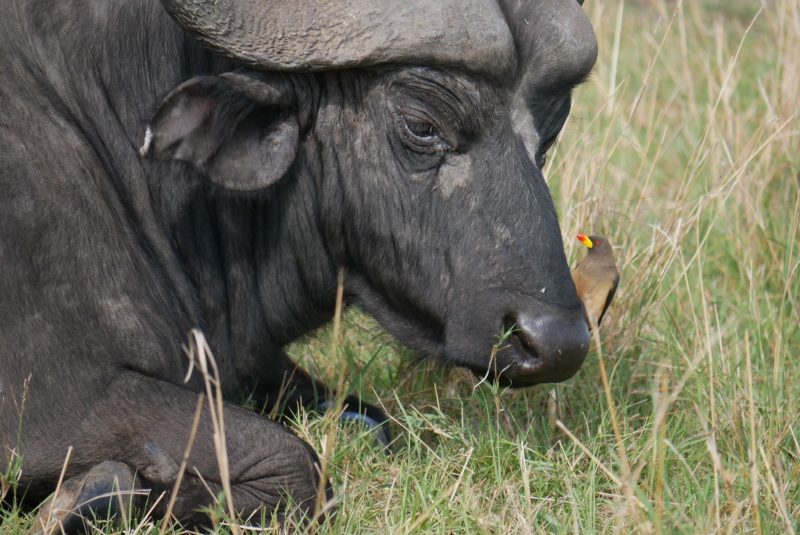
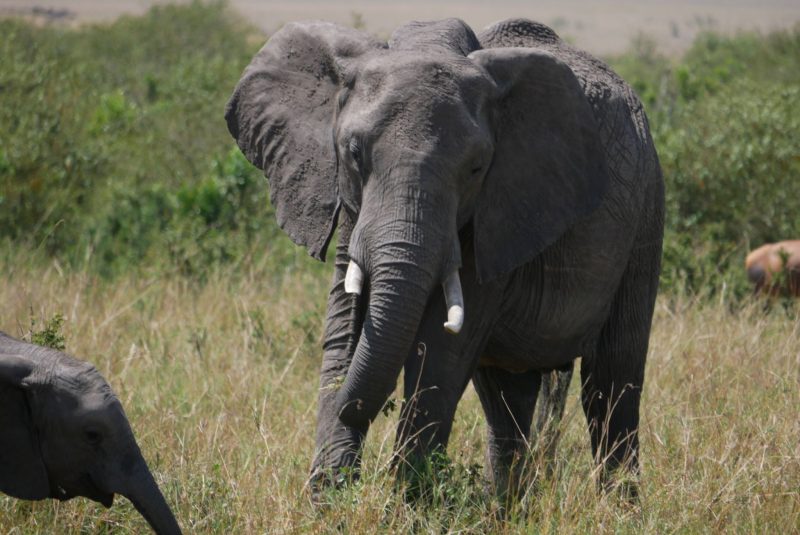

You have an experienced guide with you at all times who can recognise any tell tale signs from the animals which signals that you need to move away! Alex our guide ensured us that in all the time he had been a guide he had never experienced any incidents where visitors had been attacked by the wildlife. Our nearest close shave was a lone baboon who wanted to join us for lunch one day. He wouldn’t take no for an answer, but Dennis our Masai spotter saved the day and chased him off!
In the camp security was a priority. It was completely open and wildlife used the salt lick and had been known to roam through the camp. Following sunset guests were not allowed to leave their tents unaccompanied until sunrise the next morning. To go to dinner we had Masai warriors with spears to accompany us from our tents to the restaurant and back again. Fortunately the only wildlife we encountered were a mother and baby bushback (a small antelope), completely harmless! You soon got used to the call of the hyenas below the balcony and the rustling in the bush as you lay in bed at night!
Is WiFi available?
In Mara Bushtops WiFi was available in the guests’ tents and public areas. Amazingly it was also available in our safari vehicles when out on game drives. There were also charging facilities for phones and cameras available in the safari vehicles.
What’s the plumbing like?
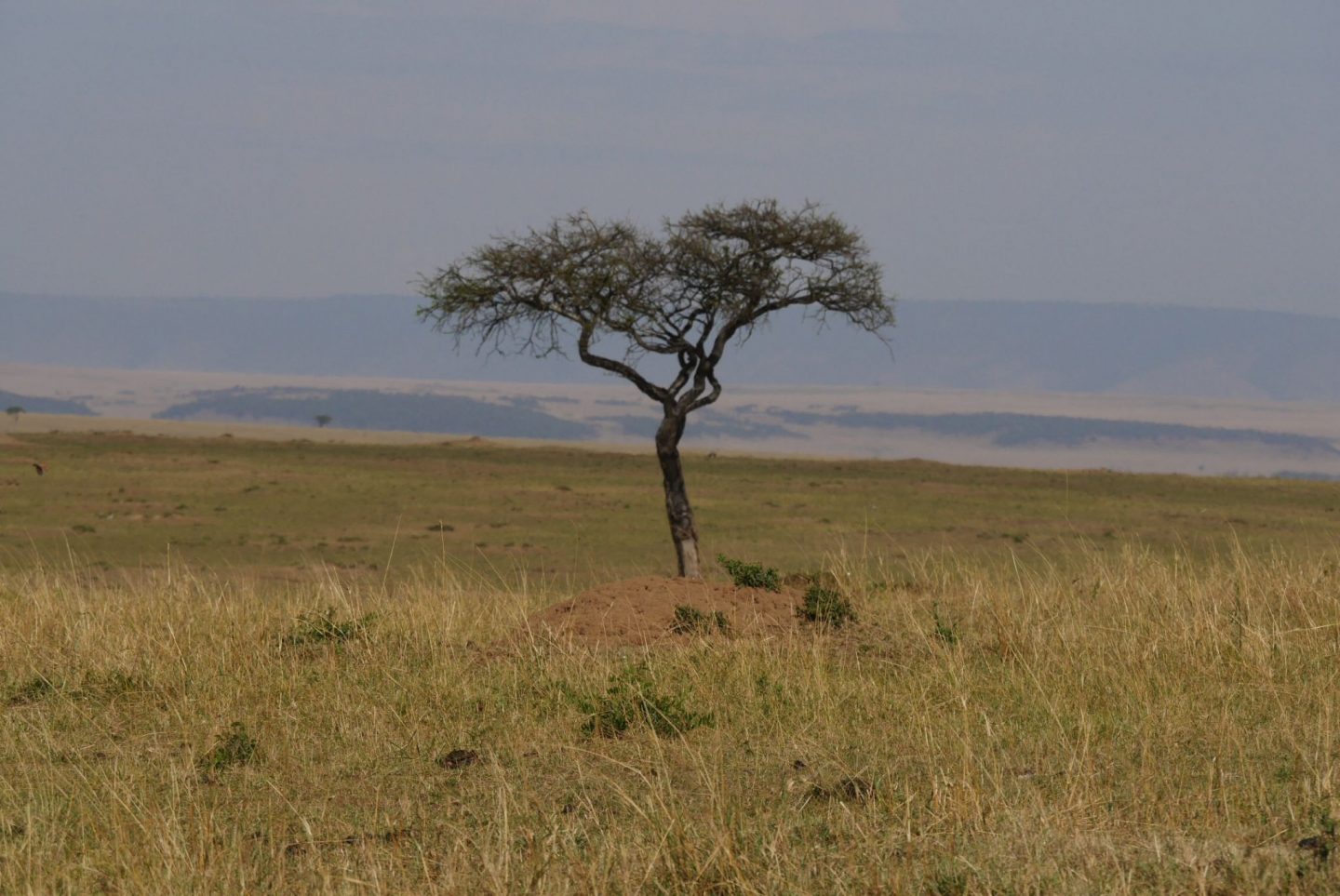
Not a lot of privacy behind this bush!
Full facilities available at the camp so no issues. However on game drives its behind a bush and watch out for the wildlife!
What about tipping?
Always a tricky one. Some camp rates say service is included but do the staff get the service charge?
My philosophy on tipping generally is that if the service merits a tip I will give one. In the case of Mara Bushtops I asked the manager; who said most guests leave a staff tip at reception which is shared amongst all staff. We did this but because of the superb service received from our guide and spotter we also tipped them personally. We were there 4 nights and we tipped $US120 in total.
Anything else I need to know about?
We were not impressed with Nairobi airport to say the least! Immigration was chaotic, long queues, hence a long wait. I actually got to the desk after almost an hour and was told by the immigration officer that he was going on his break and to go to the front of another queue. I did, but as you can imagine other passengers who had also been queuing along time were not happy with my queue jumping.
Our experience on leaving Kenya wasn’t much better, again queues and lack of organisation at security and check-in. The departure areas were uncomfortable with poor facilities. We thought things would be better as we had lounge passes for the Turkish Airlines lounge, however when we got there the air conditioning was on the blink, it was packed and the food choice was very poor.
You just have to grin and bear it!
The Guestbooks Comment: “If you are going on a safari there are a lot of things to think about and preparations to be made, but I can assure you its definitely worth it! Although these tips relate to a safari in Kenya, they are things you need to think about irrespective of your safari destination.”

Good read and excellent advice. Thanks.
Author
Thanks for that Dave